In the realm of bodybuilding and fitness, the term “muscle memory” has become synonymous with the awe-inspiring ability of the human body to bounce back from periods of inactivity and reclaim its former strength and size. Whether you’re an experienced bodybuilder or a novice lifter, understanding the mechanisms behind muscle memory can provide you with invaluable insights into optimizing your training and achieving your goals. In this article, we’ll jump deep into the science of muscle memory, exploring how it works and how you can harness its potential to maximize your gains.
The Essence of Muscle Memory
Muscle memory is an astonishing phenomenon that showcases the adaptability of our bodies in response to physical challenges. While the name suggests that it’s tied to our muscles themselves, it’s important to note that muscle memory predominantly resides within our central nervous system, particularly the brain and spinal cord. It’s not about muscles “remembering” but rather about the retention of neural pathways that govern movement patterns and motor skills.
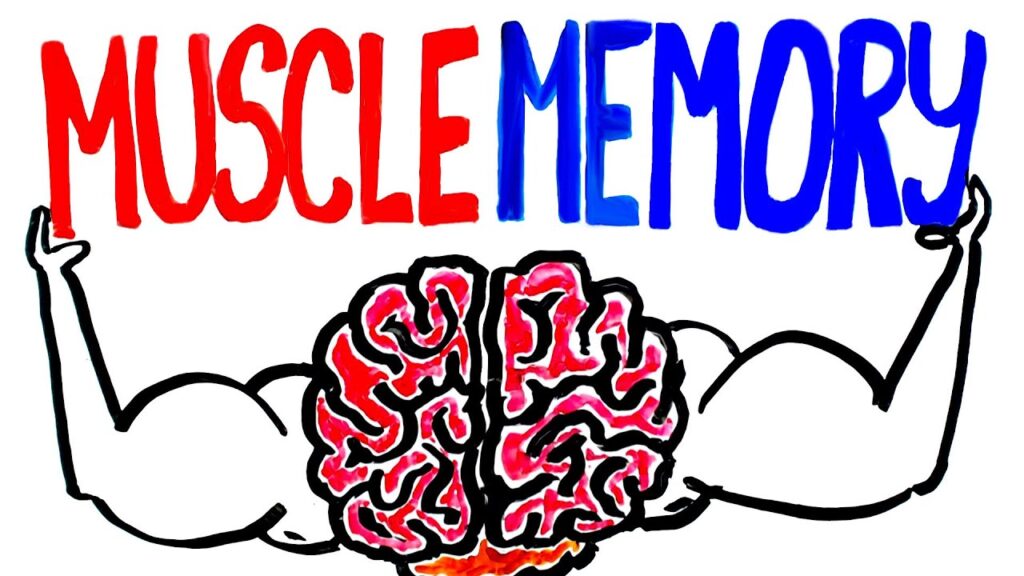
How Does Muscle Memory Work?
It’s a pretty complex process to be honest but we have tried our best to explain to you as simplified as possible. Let’s begin the journey!
Neural Pathway Reinforcement
The journey to muscle memory begins with the initiation of a movement. When we repeatedly perform a specific exercise or lift a certain weight, the neurons responsible for orchestrating these movements communicate more efficiently. This phenomenon is known as neural pathway reinforcement. These pathways become more finely tuned with each repetition, making the movement smoother and more coordinated over time.

Neuroplasticity
The brain’s remarkable ability to adapt and reorganize is known as neuroplasticity. As you practice a movement, neural connections associated with that action become stronger. This involves the strengthening of synapses (junctions between neurons) and the formation of new connections. The more you repeat a movement, the more streamlined and efficient these connections become.
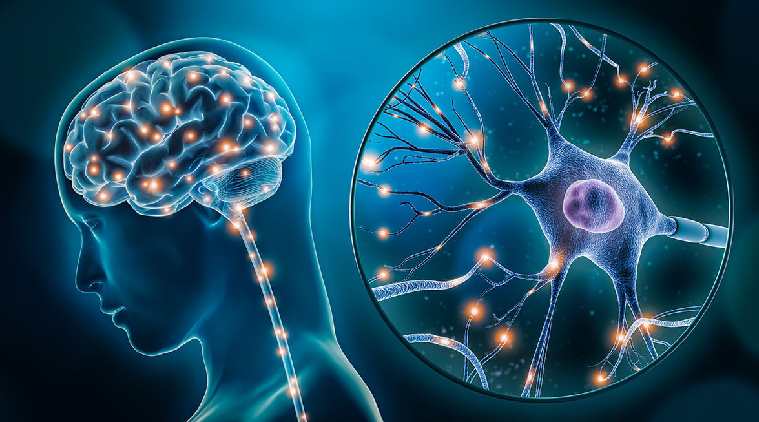
Motor Cortex and Basal Ganglia
The motor cortex, a region of the brain responsible for planning, executing, and controlling movements, plays a pivotal role in muscle memory. When you learn a new movement or skill, the motor cortex is highly active. Over time, as the movement becomes more automatic, the basal ganglia—a group of structures in the brain—take over its control. This transition contributes to the development of muscle memory.
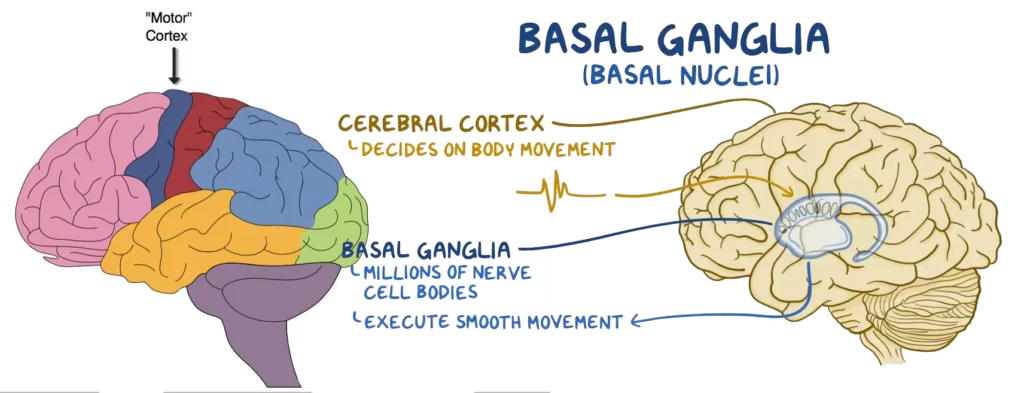
Strength of Neural Connections
The repetition of a movement leads to increased communication efficiency between neurons in the motor cortex and those in the spinal cord, responsible for activating the muscles. This strengthened communication results in a more coordinated and precise execution of the movement. It’s as if your nervous system is optimizing the “instructions” sent to your muscles.

Structural Adaptations in Muscles
While muscle memory predominantly involves the nervous system, it also encompasses structural adaptations within muscle fibers. With consistent resistance training, muscles undergo hypertrophy—the enlargement of muscle fibers in response to increased workload. This involves the addition of myofibrils (contractile units of muscle fibers) and an increase in the number of myonuclei, the cellular control centers for muscle function.
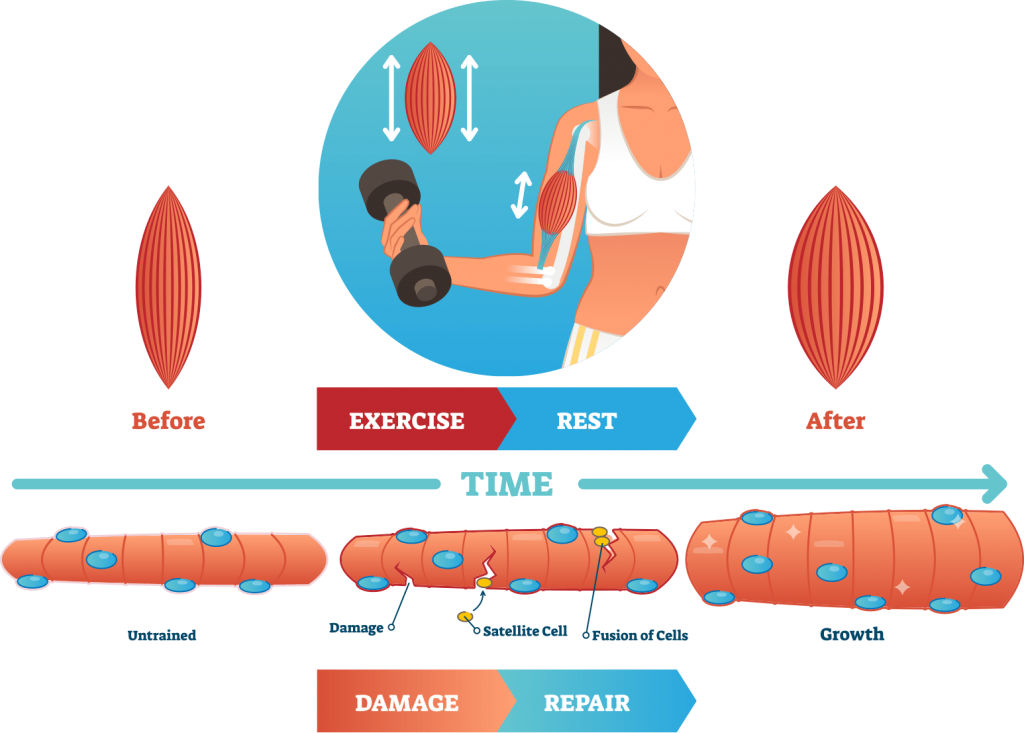
Satellite Cells: Heroes of Muscle Repair
Satellite cells are small, specialized cells that play a pivotal role in muscle repair and growth. When we engage in consistent resistance training, these satellite cells multiply and become more abundant in our muscle fibers. These cells are instrumental in rebuilding muscle tissue after the stress of exercise. Importantly, satellite cells “remember” the previous levels of muscle size and strength even during periods of inactivity.
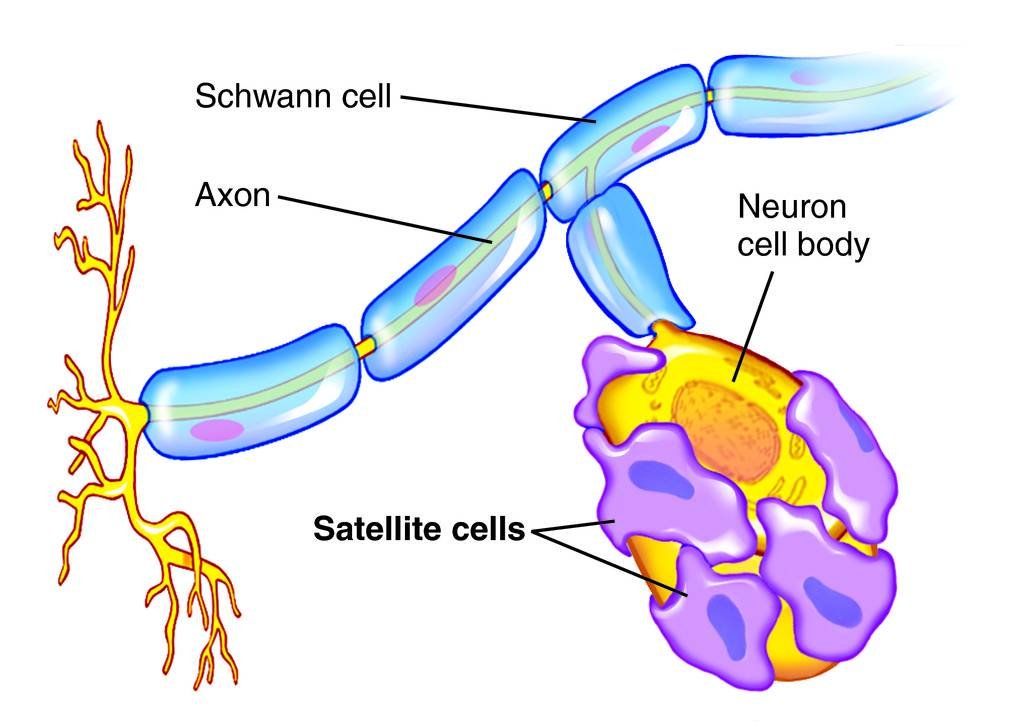
Protein Synthesis Pathways
Consistent resistance training leads to an increased activation of protein synthesis pathways within muscle cells. These pathways are responsible for the creation of new proteins that contribute to muscle growth and recovery. When you resume training after a break, these pathways are more readily reactivated, expediting the recovery process.
Relearning and Skill Acquisition
Muscle memory extends beyond physical adaptations. It also encompasses the process of relearning skills or movements after a period of inactivity. The neural pathways established during initial learning remain intact, allowing you to regain proficiency more quickly.
Harnessing the Power of Muscle Memory
Utilizing muscle memory effectively involves understanding the principles behind its development and employing strategies that align with its mechanisms. Whether you’re returning to training after a break, aiming to regain lost gains, or looking to enhance your skill acquisition, here’s how to make the most of muscle memory.
Training Consistency is Key
The principle of muscle memory underscores the importance of maintaining a consistent training routine. Even if life circumstances force a temporary hiatus from the gym, the neural pathways and physiological adaptations developed through prior training expedite your progress upon returning.

Progressive Overload
To stimulate muscle growth and adaptations, gradually increase the intensity of your workouts over time. This could involve increasing weights, repetitions, or training volume. By challenging your muscles with progressive overload, you ensure that the adaptations you’ve developed are put to good use, further enhancing muscle memory.
Also Read: What is Progressive Overload? Why is it Necessary for Muscle Building?
Skill Retention and Mastery
If you’re looking to master specific exercises or techniques, consistent practice is crucial. Focus on quality over quantity, and engage in deliberate practice. This involves breaking down movements into smaller components, identifying weaknesses, and addressing them systematically. Through consistent and purposeful practice, you’ll reinforce the neural pathways necessary for skill acquisition.
Structured Training Programs
Utilize structured training programs that emphasize gradual progression and variation. Periodization, which involves cycling through different training phases (e.g., hypertrophy, strength, power), helps prevent plateaus and keeps your muscles responsive to new stimuli. These changes in training stimulate muscle memory in different ways, contributing to well-rounded progress.
Don’t Miss: Workout Plateau: 5 Proven Methods To Overcome it!
Nutrition and Recovery
Adequate nutrition and recovery play a pivotal role in optimizing muscle memory. Protein intake is crucial for muscle repair and growth, while proper hydration supports cellular processes. Ensure you’re getting sufficient sleep, as sleep is essential for muscle recovery, hormone regulation, and cognitive function.

Mind-Muscle Connection
Developing a strong mind-muscle connection enhances muscle memory utilization. Focus on the sensation of the muscle contraction during exercises. Visualize the movement and engage in controlled, deliberate repetitions. This not only optimizes muscle activation but also reinforces neural pathways, contributing to enhanced muscle memory.
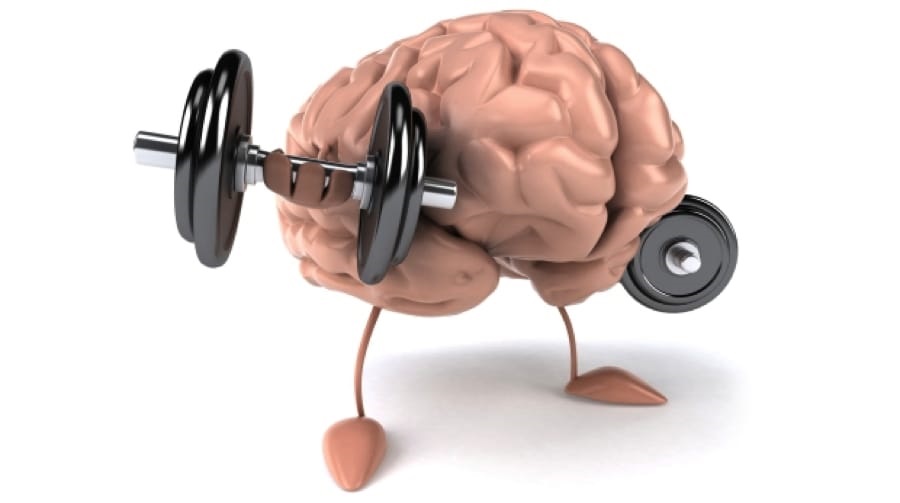
Be Patient
Muscle memory is a gradual process, and results won’t be instantaneous. Avoid rushing back into heavy lifting or intense training after a break, as this can lead to injury. Ease back into your routine, allowing your body to readjust and adapt to the stressors gradually.
Record and Reflect
Keep track of your progress, noting weights, repetitions, and any changes in your training routine. Regularly review your training log to observe your growth and identify areas that may need improvement. Reflecting on your journey can be motivating and provide insights into optimizing muscle memory.
Variety and Cross-Training
While consistency is vital, incorporating variety through cross-training can stimulate different muscle groups and movement patterns. Cross-training not only prevents boredom but also enhances overall fitness and reinforces muscle memory in various contexts.
Also Read: Hypertrophy Vs Strength: What Training Method is Best for You?!
Return to Training After Detraining
For individuals who have experienced detraining due to injury, illness, or other factors, muscle memory offers hope. The body is capable of recovering faster due to the preserved adaptations. However, while muscle memory can accelerate recovery, it doesn’t completely eliminate the need for rebuilding.
Consult Professionals
If you’re returning to training after a significant break or have specific goals in mind, consider seeking guidance from fitness professionals, trainers, or physical therapists. They can design personalized programs that leverage muscle memory effectively while considering your individual needs and limitations.

Balanced Approach to Detraining
While muscle memory can expedite recovery, it’s essential to maintain a balanced approach to training. Frequent and prolonged breaks can lead to loss of overall fitness, and while muscle memory aids recovery, it’s best to strive for continuous progress.
The Concluding Lines
The phenomenon of muscle memory in bodybuilding illuminates the incredible capacity of the human body to adapt, recover, and reclaim former levels of strength, size, and skill. This phenomenon is a testament to the resilience of our bodies and the indelible impact of consistent training. As you embark on your fitness journey, keep in mind that muscle memory is your ally—a reminder that every ounce of effort you invest contributes to lasting change. By harnessing the power of muscle memory, you can optimize your training strategies, achieve your goals, and embrace the lifelong pursuit of physical excellence. Hope, you understood and enjoyed the article. If you really did then don’t forget to leave yoir thoughts in the comment section. Thanks for visiting and appreciating our work.
